Lab Update: September 2017
Hello Microplastics Adventurers,Thank you for collecting water samples with the Adventure Scientists’ Global Microplastics Initiative. Your efforts are helping us understand the distribution and concentration of microplastics in the world’s waters, while...
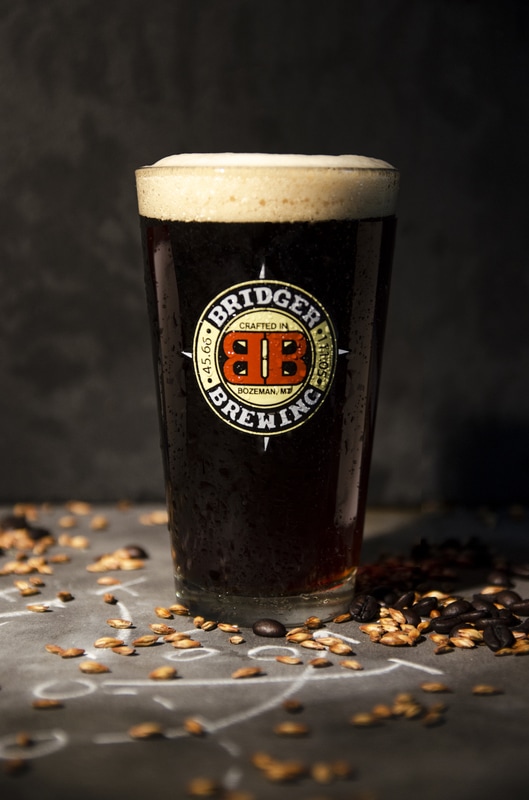
Gallatin Microplastic Data Drives Local Change
By: Victoria Ortiz Are some people more prone to accepting change? Changing something requires a level of risk. It means venturing into a new territory where things are outside of your control and relying on one’s skills, creativity, and optimism to succeed....
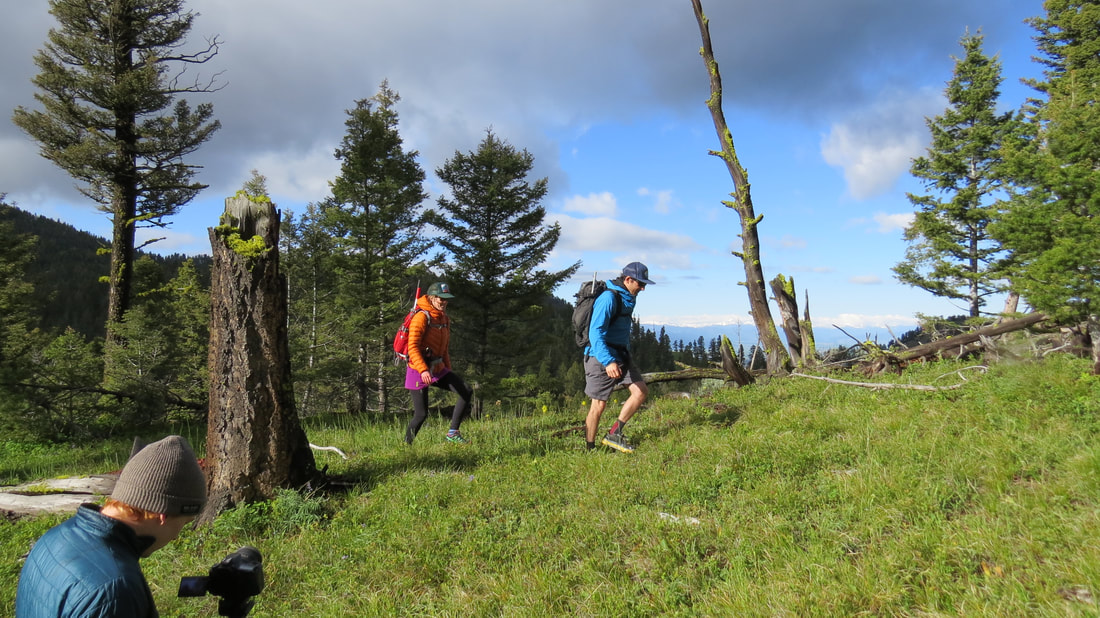
Behind the Scenes: Filming the Pollinator Protocols
By: Victoria Ortiz Jessie Kay and Rusty Rustigian walk by as videographer Aidan Weltner films for the new Pollinator Protocols video. Bangtail Mtns, Montana. Nearly 65% of the population are visual learners that absorb and recall information best by...
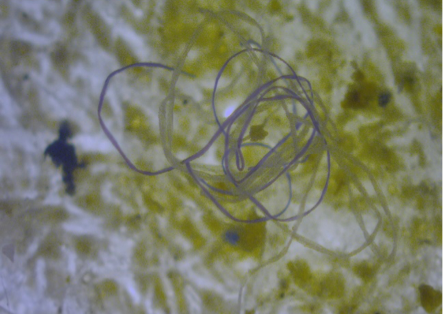
Adding An Extra Layer to the Gallatin Microplastics Data
By: Emma Bode Each year, 8,000,000 tons of plastic enter marine environments*. An astonishing 80% of this plastic comes from terrestrial sources. Among this plastic are tiny plastic fragments and fibers, five millimeters or smaller, known as microplastics. How are...
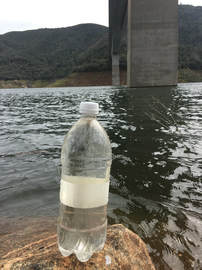
Lab Update: July 2017
Hello Microplastics Adventurers,Thank you for collecting water samples with the Adventure Scientists’ Global Microplastics Initiative. Your efforts are helping us understand the distribution and concentration of microplastics in the world’s waters, while...
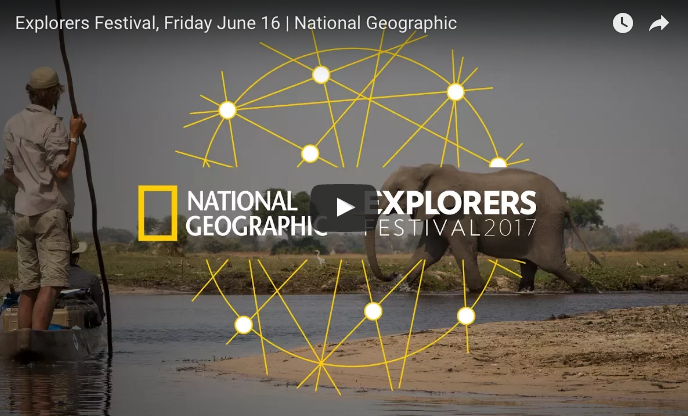
Gregg Treinish Live at the National Geographic Explorers Festival
In early June, Adventure Scientists founder and Executive Director Gregg Treinish spoke at the 2017 National Geographic Explorers Festival. The National Geographic Society celebrates exploration every day of the year, but during Explorers Festival they bring...
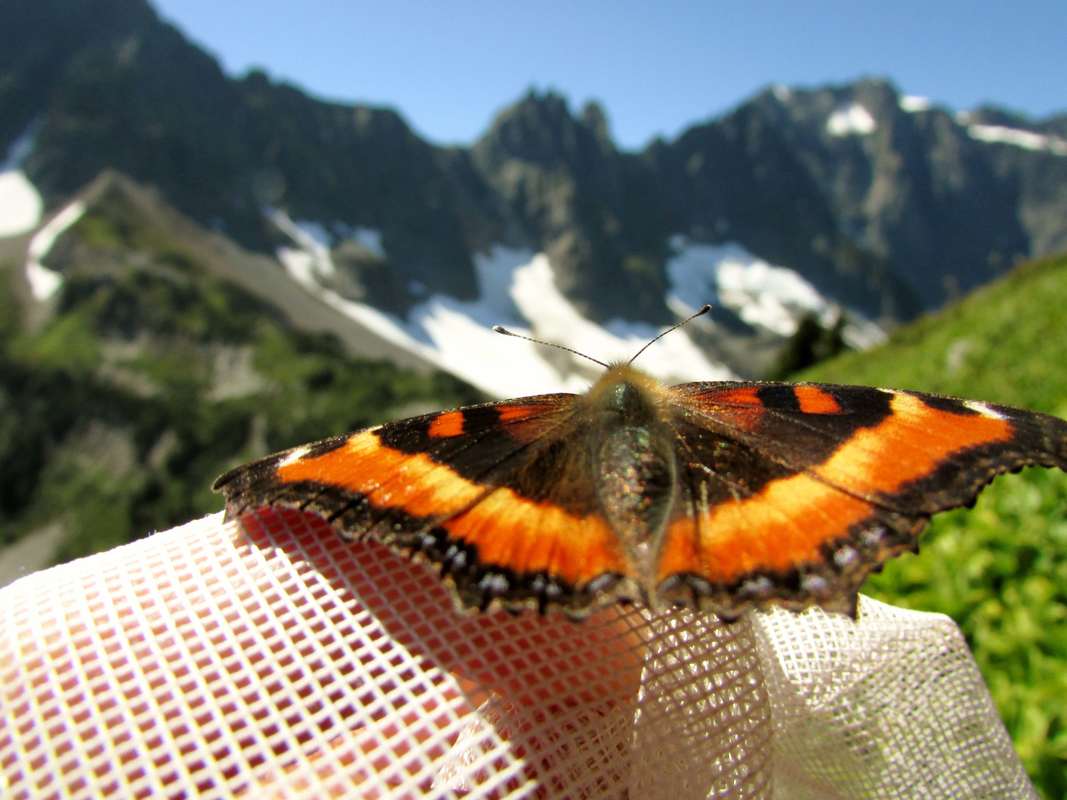
Four Must-Read Articles about Butterflies and Biodiversity
By: Michelle Toshack How robust are butterfly populations in wilderness areas? What management strategies can be adopted to address the conservation of these species? These are some of the questions that Adventure Scientists is tackling with our Conserving...
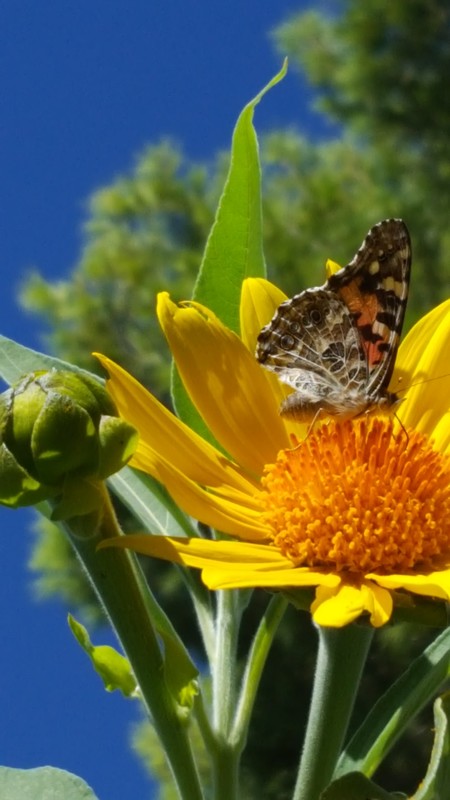
Nature’s Hot Dogs
By: Dr. Katy Prudic Butterfly caterpillars are nature’s hot dogs, which acquire large amounts of fat in order to prepare for the magical body transformation known as pupation. Birds, spiders, wasps, mammals, lizards, and even humans all dine on juicy...
Miniature Forests & Micro Plastics on a Remote Chilean Island
In January 2017, Corinne Gardner arrived in southern Chile to the interdisciplinary Parque Etnobotánical Omora research station. While there she collected freshwater samples for Adventure Scientists Global Microplastics Initiative, guided English and...
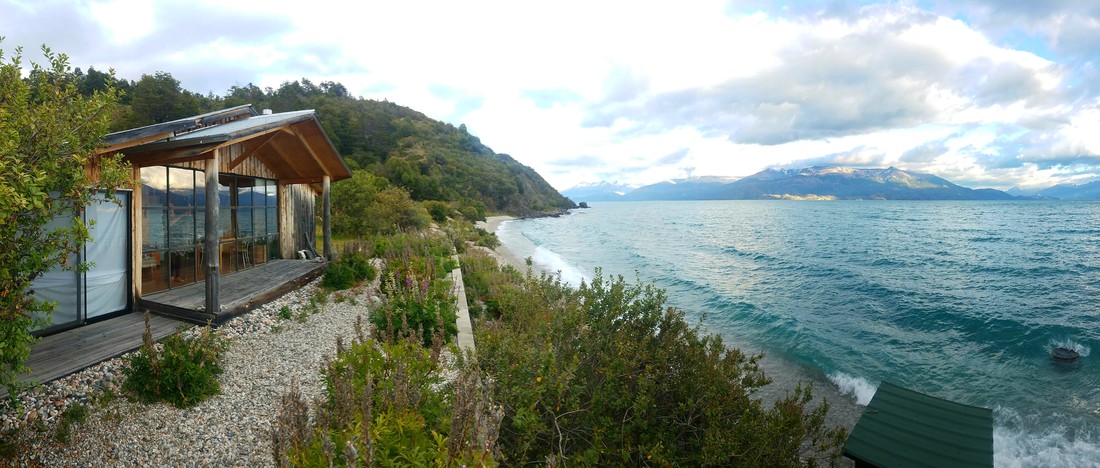
Pure Patagonia, Sampling in South America’s Final Frontier
By: Dylan Jones, Part 2 of 2 Cabin on Lago General Carrera, PC: Dylan Jones I wake up at 6:00 a.m., comfortable in my sleeping bag despite the stiff bed. I take a deep breath and smell the coffee. Although our expedition in the Patagonian backcountry is complete,...
